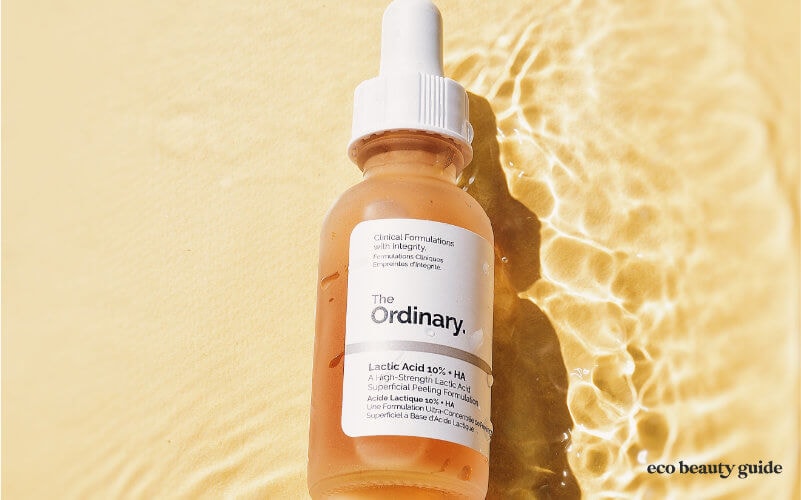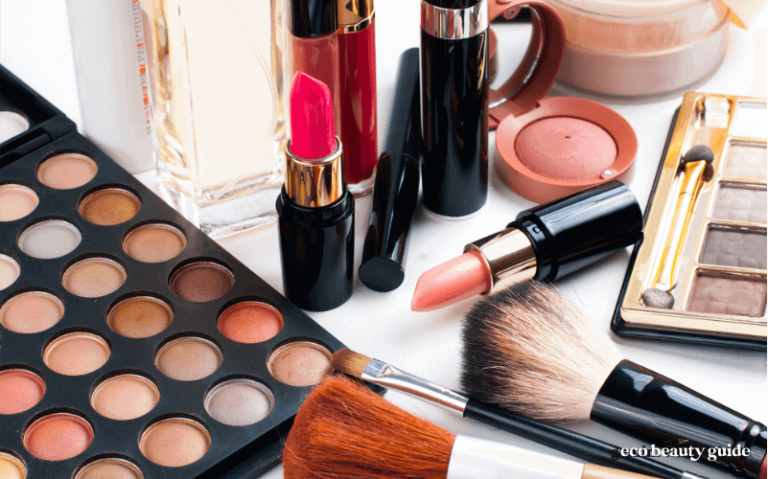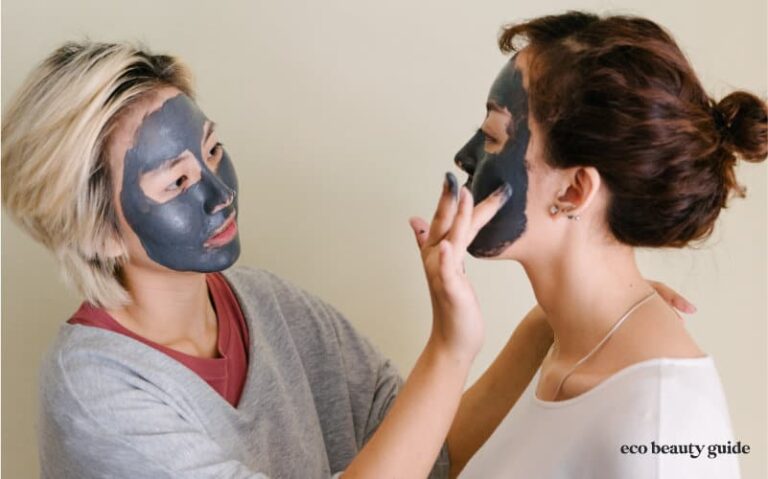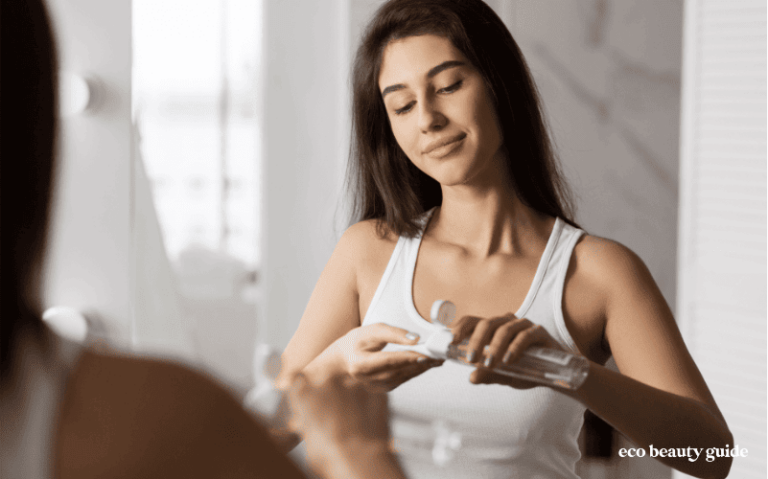10 Skincare Acids for Face and How They Can Transform Your Skin
Welcome to the world of facial acids, a game-changer in the skincare realm. They’re not as scary as they might sound. In fact, they’re key players in achieving that dreamy, radiant complexion we all aspire to. The skincare market will reach about $204 billion by 2030, so more people are investing in their skin health. This article aims to demystify the different types of facial acids, discussing their benefits, uses, and potential side effects. So, buckle up, fellow skincare enthusiasts, and prepare to dive deep into the science behind your favorite products.
Understanding Facial Acids
When you hear the term “facial acids,” it might sound intimidating, like something you would find in a science lab. But fear not! These compounds are not only safe for skincare, but they are also instrumental in promoting healthy, radiant skin. As the term suggests, facial acids are chemicals with a low pH level, which offer a wide array of benefits for the skin from exfoliation to hydration, and from combating acne to fighting signs of aging. They work by disrupting the bonds between dead skin cells, allowing them to be easily removed, leaving behind a layer of newer, healthier skin.
THIS POST PROBABLY CONTAINS AFFILIATE LINKS. WHICH MEANS I MAY EARN A COMMISSION IF YOU USE THEM AT NO COST TO YOU. PLEASE READ OUR BORING DISCLAIMER FOR MORE INFO.
The Different Types of Facial Acids
Let’s now introduce and explore the plethora of facial acids. Each of them has unique benefits and applications. You’ll learn about crowd-favorite Hyaluronic Acid, the acne-fighting Salicylic Acid, and everything in between.
1. Hyaluronic Acid

Hyaluronic acid is a term you’ve probably heard in the world of skincare. This amazing acid is crucial for restoring and keeping skin moisturized. It’s become really popular, especially in natural skincare products.
For those with really dry skin or specific skin conditions, hyaluronic acid is a lifesaver. It replenishes hydration and moisture, effectively fighting signs of aging, improving makeup application, and boosting confidence.
Using products with hyaluronic acid not only gives you these benefits but also adds a plumping effect that can help reduce the appearance of wrinkles.
2. Salicylic Acid

Salicylic acid, another common acid, can actually do wonders for your skin. It’s often found in store-bought skincare products, especially facial cleansers. Beta hydroxy acids, a group of acids that take a more “natural” approach to improving skin, include salicylic acid. So, you can give your skin a boost without splurging on expensive products or going for treatments you’re not into.
Salicylic acid, found in many popular facial cleansers, not only fights acne but also helps exfoliate your skin by getting rid of dead cells and unclogging pores. This means fewer pimples and blackheads, which nobody wants, right? Plus, salicylic acid has anti-inflammatory properties and acts as an antibacterial agent for your skin. And it’s not just limited to facial cleansers; you can also find it in creams, gels, and medicated pads made for facial care.
3. Ascorbic Acid (Vitamin C)

Ascorbic acid, better known as vitamin C, is another crucial component of skincare. You can find it in a variety of products such as serums, toners, and moisturizers. Vitamin C has amazing antioxidant properties and helps to protect the skin from oxidative damage caused by the sun’s ultraviolet rays. It also helps reduce signs of aging by boosting collagen production, resulting in smoother, firmer skin.
In addition to its antioxidant properties, vitamin C also helps brighten your complexion and even out skin tone. You can find it as an ingredient in many store-bought products such as serums and creams, but the best way to get your daily dose of Vitamin C is by incorporating a healthy diet full of fresh fruits and veggies.
4. Glycolic Acid

You probably already know about beta hydroxy acids, like hyaluronic acid, right? But did you know there are other alpha hydroxy acids too? One of the top choices for skincare is glycolic acid. And guess what? It actually comes from sugar cane. So not only does it help with signs of aging like fine lines and wrinkles, but it’s also great for fighting acne, preventing breakouts, and evening out your skin tone. You’ll find glycolic acid in lots of exfoliating products for your face and neck.
5. Retinoic Acid

Retinoic acid, derived from Vitamin A, is a powerful ingredient that can help improve the tone and texture of your skin. It does this by speeding up cellular turnover, which helps to reduce wrinkles and fine lines. Retinoic acid is also great for fading acne scars and easing hyperpigmentation. It’s important to note that retinoic acid can be very strong, so it’s best to start off with a low concentration and use it sparingly. When used incorrectly or too often, this acid can cause redness, irritation, and dryness to your skin. You should only use retinoic acid at night as part of your evening skincare routine.
6. Azelaic Acid

Azelaic acid is a total hidden gem when it comes to skin acids. This incredible compound has so many benefits for your skin. It’s like magic for lightening dark spots and pigmentation issues, tackling acne and breakouts, and even unclogging your pores. And guess what? If you’ve got irritated and inflamed skin, it’s got anti-inflammatory properties too. While you can find it in prescription-strength skincare products, it’s always a good idea to check with your dermatologist before adding it to your skincare routine.
7. Kojic Acid

Kojic acid is a great ingredient for reducing spots and pigmentation issues. Derived from mushrooms, it’s known to effectively lighten the skin and inhibit tyrosinase (an enzyme in the body responsible for creating melanin – the pigment in our skin). If you’re looking to even out your complexion and reduce discoloration, kojic acid can help. It’s best used in combination with other agents like Vitamin C and AHAs to get the most out of your skincare routine.
8. Ferulic Acid

Ferulic acid is a powerful antioxidant that helps protect your skin against the effects of free radicals like UV radiation and pollution. It’s great for reducing wrinkles, sun spots, and other signs of aging. Plus, it can boost the effectiveness of other skincare ingredients when used in combination with them. Ferulic acid is most effective when used in conjunction with Vitamin C and E, so look for products that contain both of these active ingredients.
9. Mandelic Acid

Here’s another alpha hydroxy acid that might surprise you. It’s not as common, but it’s actually found in many skincare products. Derived from bitter almonds, this natural source is great for exfoliating the skin and getting rid of dead skin cells and bacteria from your pores. What makes mandelic acid different from other acids like glycolic is that it’s gentle, so it’s perfect for sensitive skin that needs exfoliation without going too deep. And guess what? It’s not just about clearing your pores, it also helps with treating sun damage like spots and pigmentation issues.
10. Lactic Acid

The last facial acid on this list is lactic acid. It’s an alpha hydroxy acid that gives your skin a gentle exfoliation. If you have sensitive skin, lactic acid might be a better choice than some other options. It’s derived from milk and not only exfoliates gently but also adds moisture to your skin naturally. Plus, it helps reduce fine lines and dark spots. It’s pretty common to find lactic acid in skincare products along with other acids to make them super effective.
How to Use Facial Acids
The key to using facial acids safely is finding the right one for your skin type and following a few simple steps. First, make sure you’ve done an allergy test before applying any acid product to your face. Next, choose an acid that suits the needs of your skin. Don’t forget to use sunscreen. Facial acids can increase photosensitivity so it’s important to wear sunscreen even on cloudy days. Lastly, start out with small doses and increase gradually as your skin gets used to the product.
With these tips in mind, you’re on the way to having glowing skin in no time! Whether you’re looking for a brighter complexion or anti-aging benefits, there will be a facial acid that suits your needs. All you need to do is find the right one for you and enjoy the benefits of healthier skin.
Potential Side Effects
While facial acids are generally safe, they can cause some irritation or redness in certain people. To minimize the risk of any such side effects, it’s important to wear sunscreen and moisturizer after applying the acid product to your skin. It’s also best to test a small amount on your arm before applying it to your face. If you experience any burning, itching, or redness, wash off the product immediately. It’s also important to read the label on any facial acid product as some may contain allergens that can cause an allergic reaction. If you have sensitive skin or are prone to allergies, it’s best to consult your dermatologist before using one of these products.
10 Facial Acids for Healthy Skin
As this journey through the world of facial acids comes to an end, remember that these potent skincare weapons are designed to help you achieve the radiant, healthy skin you’ve always wanted. It might take a little research, some trial and error, and a consultation or two with your dermatologist, but the perfect facial acid for your unique skin is out there. So why wait? Start your journey today, and step into a new era of personalized skincare. After all, glowing skin is always in.
Now I’d like to hear from you. Have you used any of the skincare acids before? What were the results? Leave your comment below.







